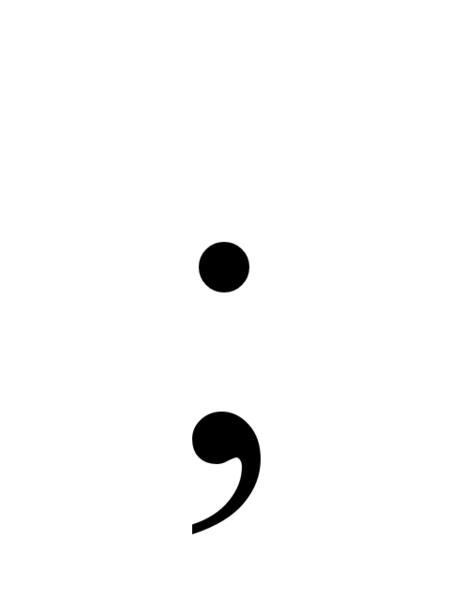Semicolon vs Colon
Understanding the distinctions between a semicolon and a colon is crucial for accurate usage of the English language. These punctuation marks must be utilized precisely to convey the intended meaning. It is therefore essential to differentiate between the colon and semicolon. Historically, the term “colon” originates from the mid-16th century, while “semi” translates to “half,” making a semicolon half of a colon. Among the two, using a semicolon correctly tends to be more challenging for English language users.
What is a Semicolon?
Semicolons are often employed in place of a full stop when sentences are grammatically complete and independent. One crucial rule regarding semicolon usage is that the sentences it separates should have a close connection. Consider the following examples:
– Some people sing well; others dance well.
– You are a good person; you need to adjust with him well.
In both sentences, there are two complete and grammatically independent fragments connected by a semicolon. These fragments are also connected by an idea. Keep in mind that sentences separated by a semicolon must have a close connection.
According to the Oxford English Dictionary, a semicolon is “a punctuation mark (;) indicating a pause, typically between two main clauses, that is more pronounced than that indicated by a comma.”
What is a Colon?
Conversely, a colon is typically used before explanations or reasons, as demonstrated in the following sentence:
– We had to drop our tour plan finally: we were unable to find suitable dates.
In the example above, a colon is used just before an explanation or reason for the tour’s cancellation. Therefore, when providing an explanation or reason for an event, use a colon rather than a semicolon. This is an essential rule for colon application.
A colon is also sometimes used before a list, as shown in the following example:
– The points of discussion were: a…b…c…
In the sentence above, a colon precedes the list of discussion points.
The Oxford English Dictionary defines a colon as “a punctuation mark (:) used to precede a list of items, a quotation, or an expansion or explanation.”
Key Takeaways
- Semicolons are used in place of a full stop for grammatically complete and independent sentences with a close connection.
- Colons are frequently used before explanations, reasons, or lists.
- Understanding the differences between semicolons and colons is crucial for accurate English language usage.
